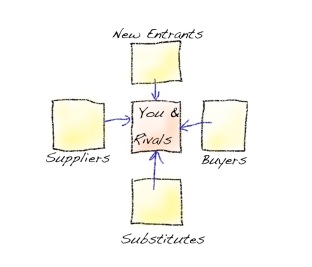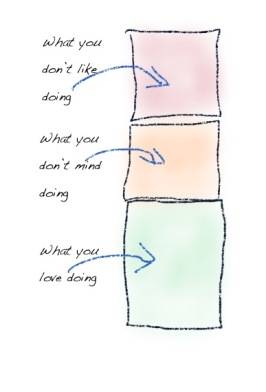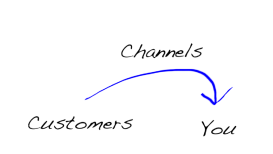 Where ever you are in your business chances are you want to make it a grow a bit or a least make it a bit easier on yourself in the trenches. This is where Porters fives competitive forces can come in really handy. Just by asking yourself these 5 simple questions you can get a better idea of your competitive landscape no matter what kind of business you are running.
Where ever you are in your business chances are you want to make it a grow a bit or a least make it a bit easier on yourself in the trenches. This is where Porters fives competitive forces can come in really handy. Just by asking yourself these 5 simple questions you can get a better idea of your competitive landscape no matter what kind of business you are running.
New Entrants: How likely are new people likely to enter your business? Are their barriers that stop them entering
Substitutes: Is their a substitute that can replace your product or service? Sometimes this is a completely new product or technology?
Customers: What is the bargaining power of your customers? Are they price sensative
Suppliers: Are you dependant on any suppliers, How much power do they have?
Your Rivals: How competitive is the industry you are in? How many other options are there
Usually at least one of these forces is dominant. Just by identifying this force and doing something about it is a key to improving your competitiveness and overall success! For example with hind sight we can see that the digital camera was a substitute that eventually did in Kodak, who ironically were the inventor of the digital camera.
Whats your most powerful force and what can you do about it? Once you know it, it’s important to let your customers and potential customer know about it!
 It’s an attractive idea isn’t it?, take something you really enjoy doing and turn it into your career. The trouble is a dream turned into reality can sometime become a nightmare. Somewhere in the process it could also takes away the very thing you love,
It’s an attractive idea isn’t it?, take something you really enjoy doing and turn it into your career. The trouble is a dream turned into reality can sometime become a nightmare. Somewhere in the process it could also takes away the very thing you love, There are only 3 things you need to succeed in business.
There are only 3 things you need to succeed in business.
